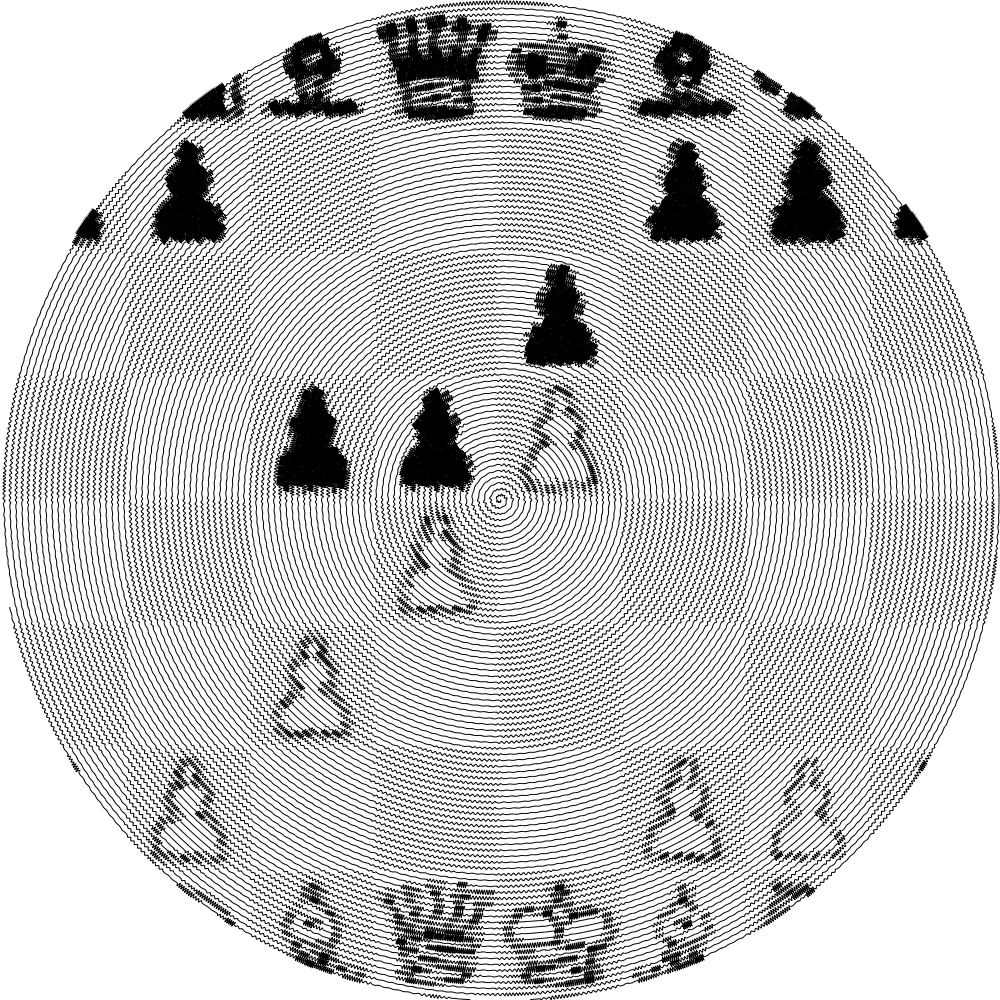The French Defense is one of Black’s main defenses against 1. e4. One of White’s favorite ways to handle the french defense is the advance variation, in which White clarifies the position in the center immediately. The other main lines of the French defense after 3. Nc3 are the French defense Winawer, the classical variation (including the Steinitz variation of the French defense, the Burn variation of the French defense with Bg5, and the French, MacCutcheon Variation), and the French defense Rubinstein variation.
White can also play the Tarrasch variation of the French defense, or the seemingly toothless French defense exchange variation, but this will be the topic of future articles ! Here, this is about White advancing his e-pawn to e5.
The generic idea of this article is the following: we will certainly not cover all the lines, but we will try to cover all the possible ideas (c7-c5 for Black, Kingside expansion for White, etc) with at least one line for each. Then, when you find yourself in a similar but slightly different position, you will have the tools and the ideas to find the right move on your own !
On the short term, Black often has a small initiative against White’s pawn center. Here is what Black and White try to achieve:
- White’s dream scenario: Stabilize the center and expand Kingside.
- Black’s dream scenario: play c7-c5, exchange on d4, target d4 with all the pieces, play f7-f6 at the right time to increase pressure on d4 and open some lines.
Before Jumping Into The Main Lines…
Let’s look at some lines in which one player chooses an original move early. You may never encounter them on the board, but it is important to understand why they are not the best: this will improve your understanding of the French defense.
3… b6: Black Immediately Exchanges The Bishop On a6
We ended the last chapter mentioning that the c8-Bishop was a problem for Black. In the exchange variation, Black has nevertheless one straightforward way to exchange it against White’s best Bishop.
This is not losing yet for Black. But Black’s position is already very uncomfortable here. This line is not the main theoretical line after 3… b6, but it shows why Black cannot immediately exchange the bad Bishop.
As you already know, especially after reading my introduction to the French defense, is that White prefers to defend the pawn with c2-c3 at this stage.
Can White Play 4. dxc5 Instead Of c2-c3 ?
The position after White plays 5. Nf3 is reached in the huge majority of the games starting with the french advance variation. In that sense, it can be seen as the real start position of this variation.
5… Nh6
This is the first main line of the French defense advance variation, and probably Black’s simplest and most straightforward option.
So Bxh6 is considered slightly inferior, and White usually continues developing instead.
This small tango on the Kingside is important to understand: you may encounter it in a similar position and you have to understand what to do: Black wants to expand, so White plays h4, threatening as well to play h4-h5, to which Black answers h6 and g6 in order to be ready to play g6-g5 when the right time comes. A typical play in this variation !
5… Qb6
This is arguably the main continuation here. For sure this is the most popular one.
White Plays The Bishop To e2
This is the first possible move for White after Black moves the Queen to b6. Let’s give you an insight: this is a very sound and good move, yet not the most testing one.
And now things get very tactical and complex and it is just my feeling of the position, but it feels like White is the one defending here, even if this is theoretical. So maybe not the line to recommend to White to get a position that is simple to play.
White Plays The Bishop To d3
Moving the Bishop to d3 is certainly more tempting. In the French defense, White wants to attack on the Kingside, and a Bishop on d3 – its best square – is instrumental to achieve this.
So the most obvious attempt for Black to win the pawn on d4 fails.
Capturing on d4 is indeed a renewed threat now, and we are going to check this (spoiler: there will be a few words about the Milner-Barry gambit soon). But right now, we need to spend a bit more time to evaluate what White can do after Bd7.
This idea was played by Nimzowitsch in a famous game.
The two previous lines show that White can sometimes get an advantage with the move dxc5, even if it makes the pawn center weaker.
This is the Milner-Barry gambit. Studying it in details would be a bit off topic in this article dedicated to the whole Advance variation, but here are a few takeaways: on perfect play, Black should be better, like in most gambits. However, most of the time, White gets a very real, and annoying long term initiative, and Black should not get into this line without being really prepared for this.

